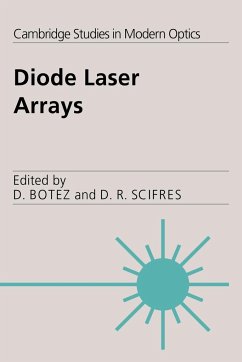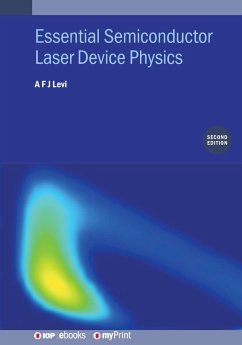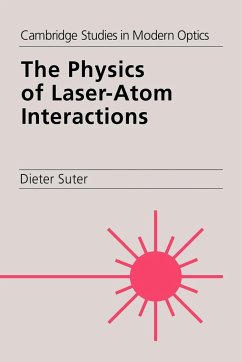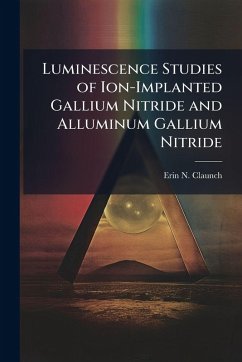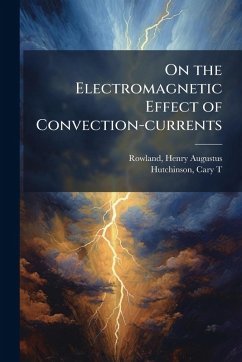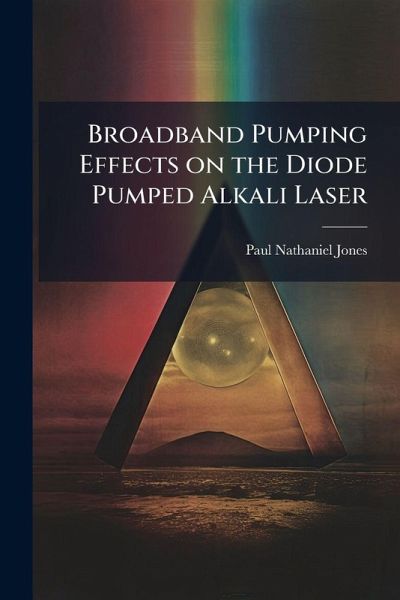
Broadband Pumping Effects on the Diode Pumped Alkali Laser
Versandkostenfrei!
Versandfertig in über 4 Wochen
16,99 €
inkl. MwSt.
Weitere Ausgaben:

PAYBACK Punkte
8 °P sammeln!
This research seeks to gain greater insight on the mechanics of The Diode Pumped Alkali Laser through analytic modeling techniques. This work is an extension to a previous model developed by Dr. Gordon Hager, and focuses on the addition of pump-beam bandwidth. Specifically, it seeks to determine the effect that broadband pumping has on laser performance. The model incorporates all the fundamental parameters within the laser system, including alkali concentrations, collision partner concentrations, pump bandwidth, length and temperature of gain medium, transmission, and reflectivity. Baseline o...
This research seeks to gain greater insight on the mechanics of The Diode Pumped Alkali Laser through analytic modeling techniques. This work is an extension to a previous model developed by Dr. Gordon Hager, and focuses on the addition of pump-beam bandwidth. Specifically, it seeks to determine the effect that broadband pumping has on laser performance. The model incorporates all the fundamental parameters within the laser system, including alkali concentrations, collision partner concentrations, pump bandwidth, length and temperature of gain medium, transmission, and reflectivity. Baseline operating conditions set Rubidium (Rb) concentrations ranging from 10¹² - 10¹⠿ atoms/cmÂ3, corresponding to operating temperatures ranging from 50 - 150 C. Ethane or Methane concentrations are varied corresponding to partial pressures from 100 - 500 Torr. The system is evaluated for incident beam intensity ranging from 0 - 30000 W/cm², for both lasing and non-lasing system analysis. Output laser beam intensities scale well with input beam intensity and the model predicts optical to optical efficiencies of over 70%. This work has been selected by scholars as being culturally important, and is part of the knowledge base of civilization as we know it. This work was reproduced from the original artifact, and remains as true to the original work as possible. Therefore, you will see the original copyright references, library stamps (as most of these works have been housed in our most important libraries around the world), and other notations in the work. This work is in the public domain in the United States of America, and possibly other nations. Within the United States, you may freely copy and distribute this work, as no entity (individual or corporate) has a copyright on the body of the work. As a reproduction of a historical artifact, this work may contain missing or blurred pages, poor pictures, errant marks, etc. Scholars believe, and we concur, that this work is important enough to be preserved, reproduced, and made generally available to the public. We appreciate your support of the preservation process, and thank you for being an important part of keeping this knowledge alive and relevant.



